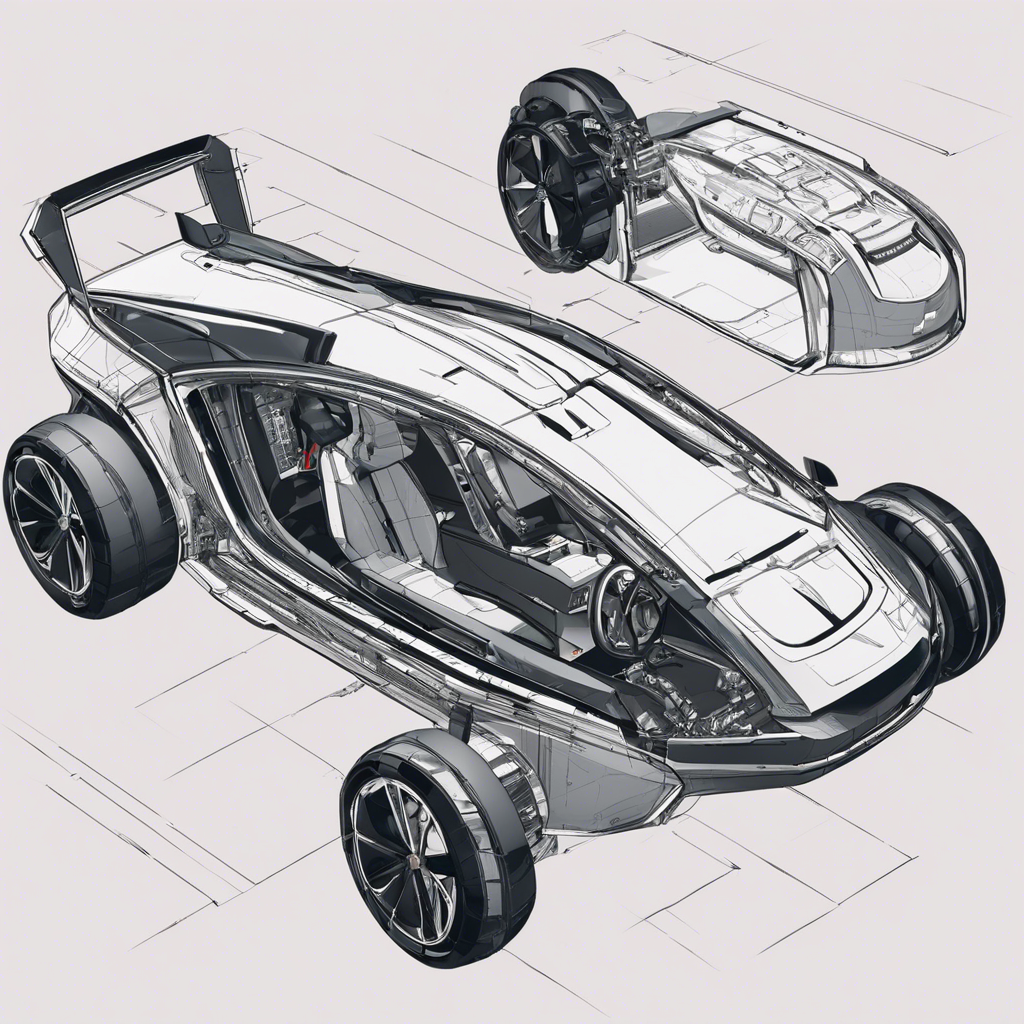The automotive industry is on the cusp of a transformative era, with technological innovations set to redefine the way we drive and interact with our vehicles. From advanced driver-assistance systems (ADAS) to electric vehicle (EV) advancements, the future of automotive technology promises safer, more efficient, and increasingly autonomous driving experiences.
One of the most significant trends in automotive technology is the push toward electrification. EVs are becoming increasingly popular, and manufacturers are responding with a diverse array of models, ranging from compact city cars to high-performance vehicles. Improvements in battery technology, such as solid-state batteries, will extend range and reduce charging times, addressing current pain points for EV owners. The rise of EVs also brings new opportunities for in-car tech, with over-the-air updates and advanced infotainment systems enhancing the overall driving experience.
Self-driving cars, once a futuristic dream, are now becoming a reality. The race toward full autonomy is well underway, with companies like Tesla, Waymo, and Cruise leading the charge. While fully autonomous vehicles for consumer use may still be a few years away, advanced driver-assistance systems are already making their way into new car models. These systems, which include features like lane-keeping assist, adaptive cruise control, and automatic emergency steering, are designed to enhance driver safety and pave the way for a future of fully self-driving cars.
As automotive technology evolves, so too does the concept of vehicle ownership. The rise of ride-sharing and car-sharing services has already shifted the way we think about transportation, and this trend is set to continue. In the future, it’s likely that more people will opt for subscription-based models or on-demand access to vehicles, rather than traditional ownership. This shift could have a significant impact on the automotive industry, as well as reducing the number of vehicles on the road and helping to alleviate traffic congestion and parking issues in urban areas.
